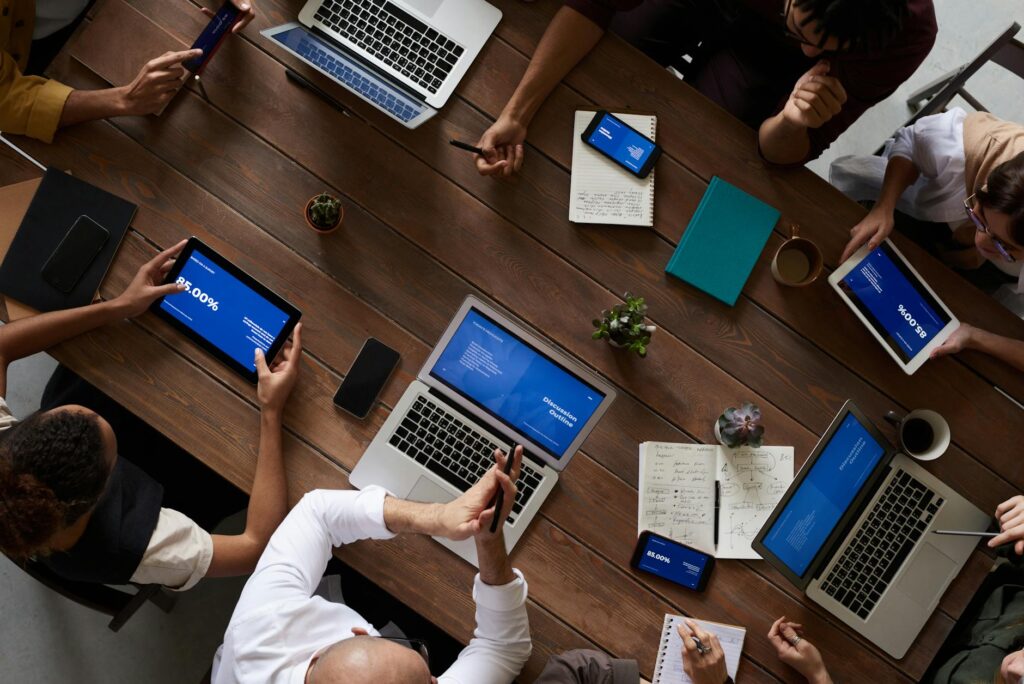What is brainstorming sessions?

What is brainstorming sessions?
Brainstorming sessions are a staple in the toolkit of creativity and problem-solving, serving as a launchpad for innovative ideas. These gatherings bring together individuals to generate a wealth of thoughts, concepts, and solutions. Whether in a corporate setting, educational environment, or personal project, brainstorming sessions are designed to foster collaboration and encourage diverse perspectives. By the end of such a session, participants often find themselves inspired, equipped with fresh ideas, and ready to tackle challenges head-on.
What are Brainstorming Sessions?
At their core, brainstorming sessions are collaborative meetings aimed at generating ideas. They involve a group of people sharing their thoughts in a free-flowing environment. The main goal is to tap into the collective creativity of the group, allowing everyone’s ideas to build off one another.
The Definition of Brainstorming
Brainstorming can be defined as a method where individuals come together to produce ideas and solve problems. It encourages participants to express their thoughts without fear of criticism, leading to an open exchange of creative ideas. This collaborative nature is what makes brainstorming sessions so effective.
Benefits of Brainstorming Sessions
Engaging in brainstorming sessions comes with a myriad of benefits:
- Increased Creativity: By combining diverse ideas, brainstorming can spark new thoughts that may not have emerged individually.
- Enhanced Collaboration: These sessions promote teamwork, allowing members to connect and build on each other’s ideas.
- Diverse Perspectives: Bringing together individuals from various backgrounds ensures a wide range of viewpoints, leading to richer discussions.
- Improved Problem-Solving: When faced with challenges, brainstorming allows teams to explore multiple solutions, enabling them to find the best path forward.
For a deeper understanding of the benefits, you can explore The 5 Benefits of Brainstorming.
Types of Brainstorming Sessions
Brainstorming isn’t one-size-fits-all; various formats cater to different groups and objectives.
Traditional Brainstorming
Traditional brainstorming is often conducted in-person, where participants gather in a room to discuss a topic. Ideas are typically shared verbally, and a facilitator may write them down for everyone to see. This format encourages spontaneous discussions and allows for immediate feedback.

Photo by fauxels
Remote Brainstorming Techniques
In today’s digital age, remote brainstorming techniques have gained popularity. Tools like Miro, MURAL, or Zoom can facilitate collaborative idea generation even when participants are miles apart. These platforms often include features like whiteboards and chat functions, making it easy to share and develop ideas in real-time.
Mind Mapping as a Brainstorming Tool
Mind mapping is a visual technique that helps organize thoughts and ideas. By starting with a central topic and branching out into related thoughts, participants can see the connections between concepts. This method can clarify complex ideas and foster a more structured brainstorming session.
How to Conduct Effective Brainstorming Sessions
Organizing a successful brainstorming session requires careful planning and execution. Here’s a step-by-step guide:
Setting Clear Goals and Objectives
Before diving into the session, it’s essential to define what you want to achieve. Are you solving a specific problem or generating ideas for a new project? Setting clear goals will help focus discussions and keep participants on track.
Creating a Conducive Environment
The setting of a brainstorming session can greatly influence its success. A comfortable, relaxed environment encourages open communication. Ensure that the space is well-lit and free from distractions. If you’re meeting online, check that all participants have access to the necessary tools and platforms.
Encouraging Open Communication
For brainstorming to be effective, everyone must feel safe to share their ideas. Encourage participants to speak freely and remind them that all ideas are valid. Avoid criticism during the idea generation phase, as this can stifle creativity and discourage participation.
Common Challenges Faced in Brainstorming Sessions
While brainstorming sessions can be fruitful, they’re not without challenges.
Groupthink and Dominance Issues
One of the risks of brainstorming is groupthink, where the desire for harmony leads to poor decision-making. This can happen when dominant personalities overshadow quieter members. To combat this, rotate facilitators or use anonymous idea submissions.
Managing Time Effectively
Time can slip away in brainstorming sessions, leading to a lack of focus. Set a clear agenda and allocate specific time slots for different topics. This structure helps keep discussions efficient and productive.
Dealing with Criticism
Fear of criticism can hinder participation. Establish a culture of respect by emphasizing that all contributions are valuable. Create a safe space where participants feel encouraged to voice their thoughts without fear of judgment.
Conclusion: Maximizing the Impact of Brainstorming Sessions
Brainstorming sessions are powerful tools for boosting creativity and enhancing collaboration. By understanding their structure and dynamics, you can harness their potential to drive innovation in any setting. Whether you’re tackling a challenging project at work or exploring new ideas in your personal life, implementing effective brainstorming sessions can lead to breakthrough ideas and solutions. So, gather your team, set those goals, and start brainstorming – the possibilities are endless! For more insights on effective brainstorming techniques, you might want to check out 10 effective brainstorming techniques for teams.